Home>Furniture & Design>Bathroom Accessories>Why Do You Need Bandages In A First Aid Kit
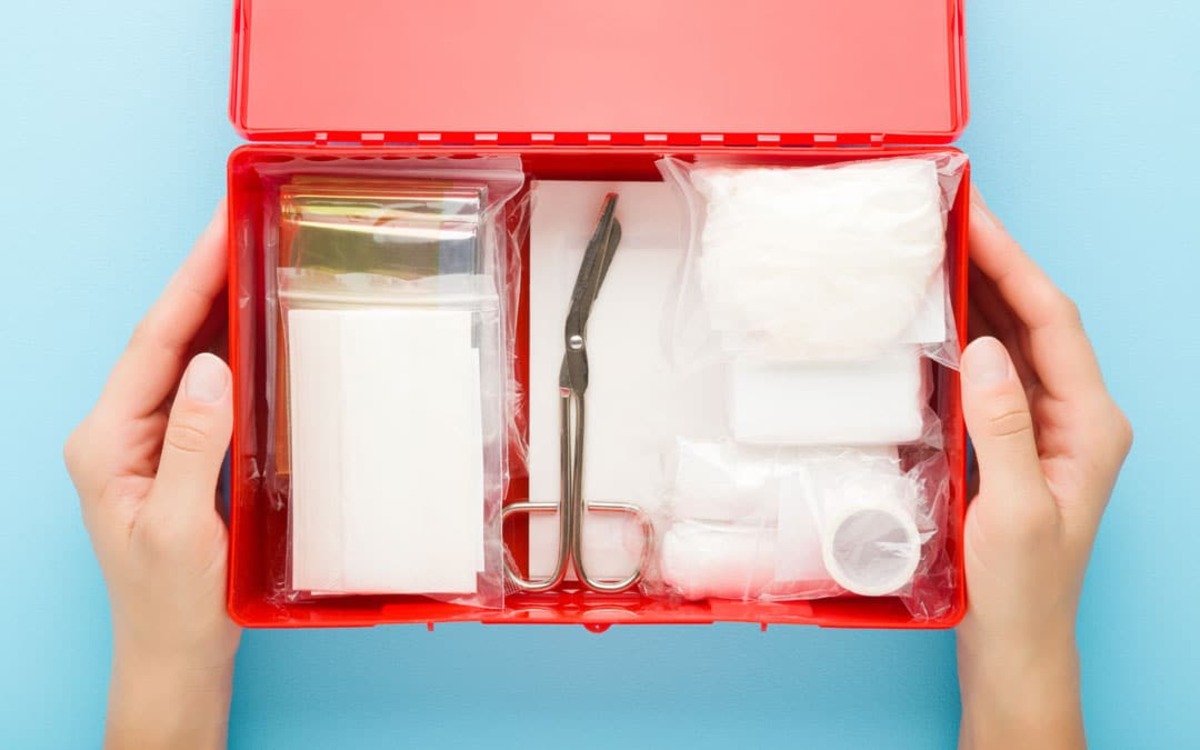

Bathroom Accessories
Why Do You Need Bandages In A First Aid Kit
Modified: February 18, 2024
Ensure your bathroom first aid kit is complete with essential bathroom accessories like bandages for any unexpected mishaps. Stay prepared for minor injuries with the right supplies.
(Many of the links in this article redirect to a specific reviewed product. Your purchase of these products through affiliate links helps to generate commission for Storables.com, at no extra cost. Learn more)
Introduction
When it comes to first aid kits, bandages are an essential component that should never be overlooked. Whether it's a minor cut, a sprain, or a more serious injury, bandages play a crucial role in providing immediate care and protection. These versatile and indispensable items are designed to safeguard wounds, promote healing, and prevent infections. In this article, we will delve into the significance of bandages in first aid, explore the different types available, discuss their various uses, and provide guidance on how to properly utilize them. So, let's unravel the vital role that bandages play in ensuring effective first aid care.
Key Takeaways:
- Bandages are like superheroes in a first aid kit, protecting wounds, controlling bleeding, and providing support. They come in different types for various injuries, so having a variety is essential for effective care.
- Knowing how to properly use bandages is crucial for helping injuries heal and preventing complications. From cleaning the wound to securing the bandage, following the steps ensures optimal care for the injured person.
Read more: Why Do You Need Gloves In A First Aid Kit
Importance of Bandages in First Aid
Bandages are a cornerstone of any well-equipped first aid kit, and for good reason. They serve as a fundamental tool for managing a wide range of injuries, from minor cuts and scrapes to more severe wounds. The primary importance of bandages lies in their ability to provide protection, support, and compression, which are essential elements in the initial treatment of injuries.
In the event of a cut or abrasion, applying a bandage serves as a protective barrier against external contaminants, reducing the risk of infection and promoting a clean healing environment. This is especially crucial in situations where medical attention may not be readily available, such as during outdoor activities or emergencies.
Moreover, bandages offer support and stability to injured body parts, such as sprained ankles or wrists. By immobilizing the affected area, bandages help prevent further damage and alleviate discomfort, facilitating the healing process. Additionally, they aid in controlling bleeding by applying gentle pressure, which is vital for managing wounds until professional medical assistance can be obtained.
In more serious situations, such as deep lacerations or puncture wounds, bandages play a pivotal role in stemming blood flow and minimizing the risk of excessive blood loss. This can be a life-saving measure, particularly in emergency scenarios where immediate medical intervention is not immediately accessible.
Furthermore, the psychological impact of bandages should not be underestimated. They provide a sense of security and reassurance to both the injured individual and those administering first aid, instilling a feeling of control and stability during a potentially distressing situation.
In essence, the importance of bandages in first aid cannot be overstated. They are a fundamental component in the initial management of injuries, offering protection, support, and comfort while promoting the healing process. Whether it's a minor cut, a sprain, or a more serious wound, having the right bandage on hand can make a significant difference in the outcome of an injury.
Types of Bandages
Bandages come in various types, each designed to address specific needs and injuries. Understanding the different types of bandages is crucial for effectively managing various wounds and providing appropriate care. Here are some common types of bandages:
-
Adhesive Bandages: Also known as adhesive strips or band-aids, these are perhaps the most recognizable type of bandage. They are ideal for minor cuts, scrapes, and blisters. Adhesive bandages are convenient, easy to apply, and come in various sizes to accommodate different wound sizes.
-
Gauze Bandages: Gauze bandages are versatile and widely used in first aid. They are available in rolls or pads and are highly absorbent, making them suitable for controlling bleeding and protecting wounds. Gauze bandages can be secured in place with tape or self-adherent wrap.
-
Elastic Bandages: These bandages are designed to provide compression and support for sprains, strains, and joint injuries. They are stretchable and conform to the body's contours, offering stability and reducing swelling. Elastic bandages are commonly used for wrapping ankles, wrists, and knees.
-
Triangular Bandages: Also known as cravat bandages, these are large, triangular-shaped pieces of cloth that can be folded and secured to create a variety of bandage types. They are versatile and can be used as slings, tourniquets, or as a covering for head injuries.
-
Compression Bandages: These bandages are specifically designed to apply pressure to a wound or injury. They are commonly used to manage venous ulcers, reduce swelling, and support injured limbs. Compression bandages are crucial in promoting circulation and preventing blood clots.
-
Self-Adherent Bandages: These bandages adhere to themselves without the need for clips or tape. They are flexible, easy to apply, and provide support and compression. Self-adherent bandages are commonly used for wrapping joints and securing dressings.
-
Liquid Bandages: Unlike traditional bandages, liquid bandages come in the form of a liquid that can be applied directly to the skin. Once applied, they form a protective, waterproof layer over the wound, promoting healing and preventing infection.
Understanding the characteristics and applications of each type of bandage is essential for effectively addressing various injuries and wounds. Having a well-stocked first aid kit with a variety of bandages ensures that you are prepared to provide the necessary care in different situations.
Bandages are essential in a first aid kit because they are used to cover and protect wounds, control bleeding, and keep the area clean to prevent infection. They also provide support for sprains and strains.
Uses of Bandages in First Aid
Bandages are indispensable in first aid, serving a multitude of purposes in managing injuries and promoting recovery. Understanding the diverse uses of bandages is essential for effectively addressing a wide range of wounds and medical conditions. Here are the key uses of bandages in first aid:
-
Wound Protection: One of the primary uses of bandages is to protect wounds from external contaminants and bacteria. By covering the injured area, bandages create a barrier that reduces the risk of infection, promotes cleanliness, and supports the body's natural healing process.
-
Bleeding Control: Bandages play a crucial role in controlling bleeding from cuts, lacerations, and abrasions. By applying gentle pressure, bandages help stem the flow of blood, preventing excessive loss and providing immediate relief while awaiting further medical attention.
-
Wound Dressing: Bandages are utilized for securing wound dressings, such as gauze pads or non-adherent dressings, in place. This ensures that the dressing remains intact and protects the wound, facilitating the healing process and minimizing discomfort.
-
Immobilization and Support: In cases of sprains, strains, or fractures, bandages are employed to immobilize and support the affected area. This helps prevent further injury, reduces pain, and promotes proper healing by restricting movement and providing stability.
-
Compression: Certain bandages, such as elastic and compression bandages, are used to apply pressure to injured limbs or areas affected by swelling. Compression bandages aid in reducing swelling, promoting circulation, and preventing complications such as blood clots.
-
Splinting: Bandages are often utilized in conjunction with splints to immobilize and support broken or injured bones. By securing the splint in place, bandages help stabilize the injury, alleviate pain, and prevent further damage during transportation to medical facilities.
-
Securing Medical Devices: In first aid scenarios, bandages are employed to secure medical devices such as splints, IV lines, or catheters. This ensures that these devices remain in place, promoting effective treatment and minimizing the risk of displacement or complications.
Understanding the diverse uses of bandages empowers individuals to provide effective first aid care in various situations, from minor injuries to more serious medical emergencies. By incorporating the appropriate bandages into first aid protocols, individuals can contribute to better outcomes and enhanced recovery for those in need of immediate medical assistance.
How to Properly Use Bandages
Properly using bandages is essential for ensuring effective wound care and injury management. Whether it's a minor cut, a sprain, or a more serious wound, the correct application of bandages plays a critical role in promoting healing and preventing complications. Here's a comprehensive guide on how to properly use bandages in various first aid scenarios:
-
Prepare the Wound: Before applying a bandage, it's crucial to clean the wound thoroughly with mild soap and water to remove any dirt or debris. If available, an antiseptic solution can be used to disinfect the area and reduce the risk of infection. Gently pat the wound dry with a clean cloth or sterile gauze.
-
Select the Appropriate Bandage: Choose the type of bandage that is best suited for the specific injury or wound. For minor cuts and scrapes, adhesive bandages are ideal, while gauze bandages are more suitable for larger wounds that require absorbency and protection.
-
Apply the Bandage: Carefully place the bandage over the wound, ensuring that it covers the entire injured area. If the wound is bleeding, apply gentle pressure with the bandage to control the bleeding before securing it in place.
-
Secure the Bandage: Use medical tape or self-adherent wrap to secure the bandage in place. It's important to ensure that the bandage is snug but not too tight, as excessive tightness can impede circulation and cause discomfort.
-
Check for Proper Fit: After applying the bandage, assess the fit and comfort level. Ensure that the bandage is secure and does not restrict blood flow or cause excessive constriction. It should provide protection and support without being overly tight.
-
Monitor the Wound: Regularly check the wound and the bandage for any signs of infection, such as increased redness, swelling, or discharge. If the bandage becomes soiled or wet, it should be replaced with a clean one to maintain a hygienic healing environment.
-
Follow Professional Medical Advice: In cases of more serious injuries or wounds, it's important to seek professional medical attention. Healthcare providers can provide specific instructions on bandage application and wound care tailored to the individual's needs.
By following these guidelines, individuals can ensure that bandages are used effectively to provide optimal care for various injuries and wounds. Proper bandage application not only promotes healing but also minimizes the risk of complications, contributing to better outcomes for the injured individual.
Read more: Why Safety Pins In A First Aid Kit
Conclusion
In conclusion, bandages are an indispensable asset in any first aid kit, playing a pivotal role in providing immediate care, protection, and support for a wide array of injuries. From minor cuts and scrapes to more serious wounds, the versatile nature of bandages makes them a fundamental component in the initial management of injuries. Their ability to safeguard wounds, control bleeding, and promote healing is invaluable in various first aid scenarios.
Understanding the diverse types of bandages and their respective uses is essential for effectively addressing different injuries. Adhesive bandages are ideal for minor cuts and scrapes, while gauze bandages offer absorbency and protection for larger wounds. Elastic bandages provide support and compression for sprains and strains, while compression bandages aid in managing swelling and promoting circulation. Triangular bandages offer versatility for creating slings and immobilizing injuries, while self-adherent bandages provide ease of application and support. Additionally, liquid bandages offer a unique, waterproof protective layer for wounds.
The proper application of bandages is equally crucial in ensuring effective wound care. By following the recommended guidelines for wound preparation, bandage selection, application, and monitoring, individuals can contribute to better outcomes and enhanced recovery for those in need of immediate medical assistance.
In essence, the significance of bandages in first aid cannot be overstated. They serve as a first line of defense in protecting wounds, controlling bleeding, and providing support and comfort. Whether it's a minor injury at home, a sprain during outdoor activities, or a more serious medical emergency, having the right bandage on hand can make a significant difference in the outcome of an injury.
Therefore, maintaining a well-stocked first aid kit with a variety of bandages is essential for being prepared to provide the necessary care in different situations. By recognizing the importance of bandages and being equipped with the knowledge of their diverse uses, individuals can play a proactive role in ensuring effective first aid care and promoting the well-being of those around them.
Frequently Asked Questions about Why Do You Need Bandages In A First Aid Kit
Was this page helpful?
At Storables.com, we guarantee accurate and reliable information. Our content, validated by Expert Board Contributors, is crafted following stringent Editorial Policies. We're committed to providing you with well-researched, expert-backed insights for all your informational needs.
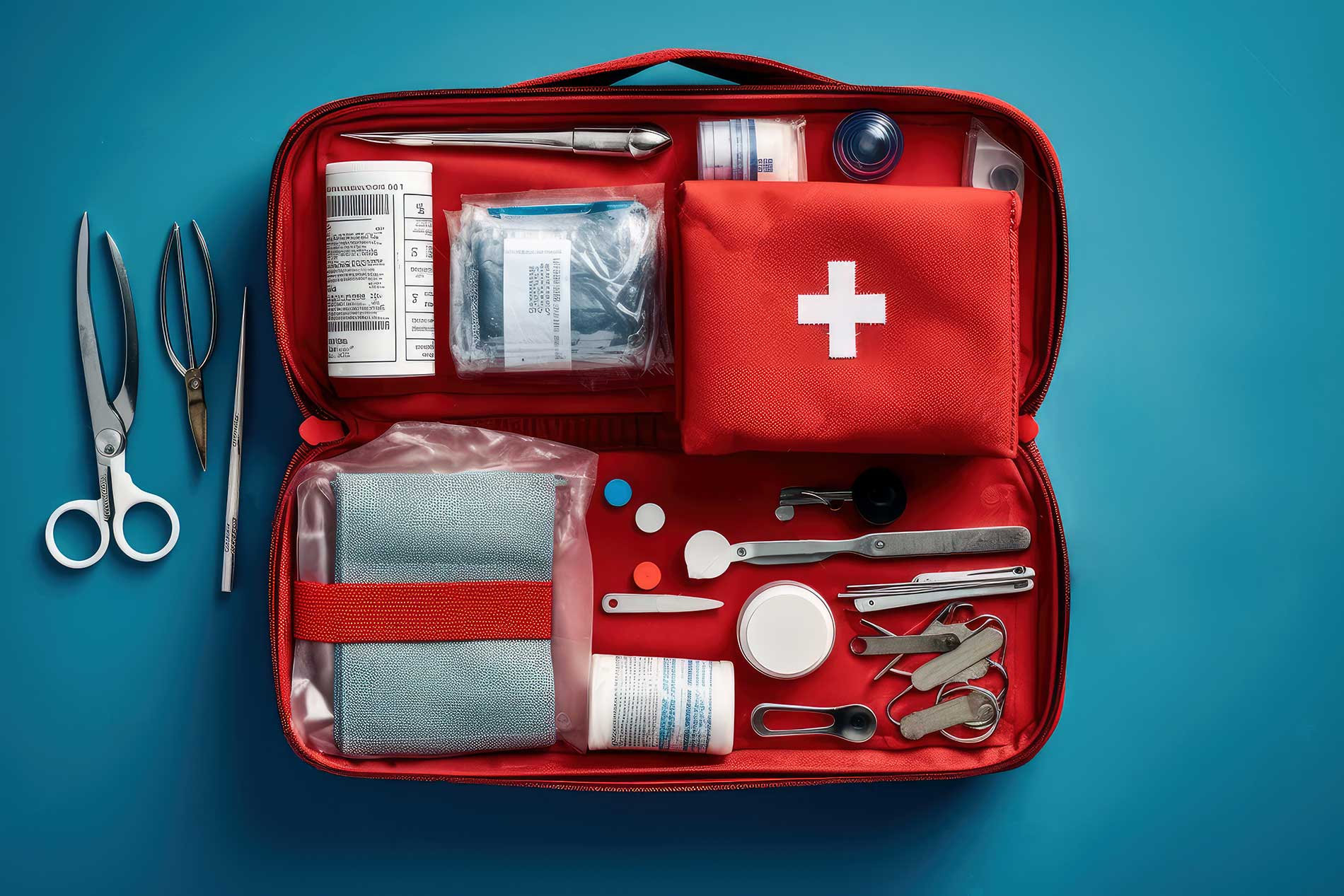
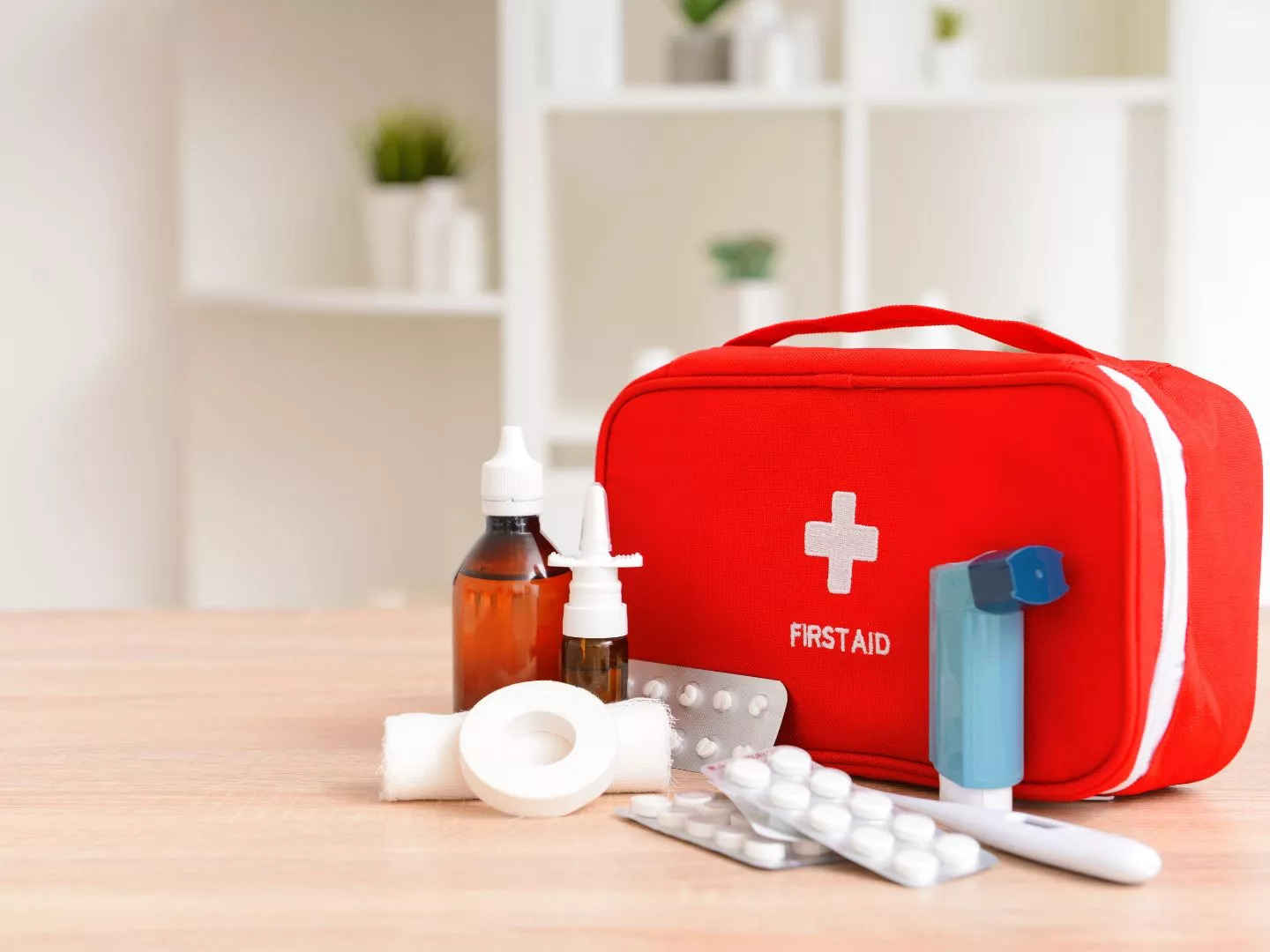
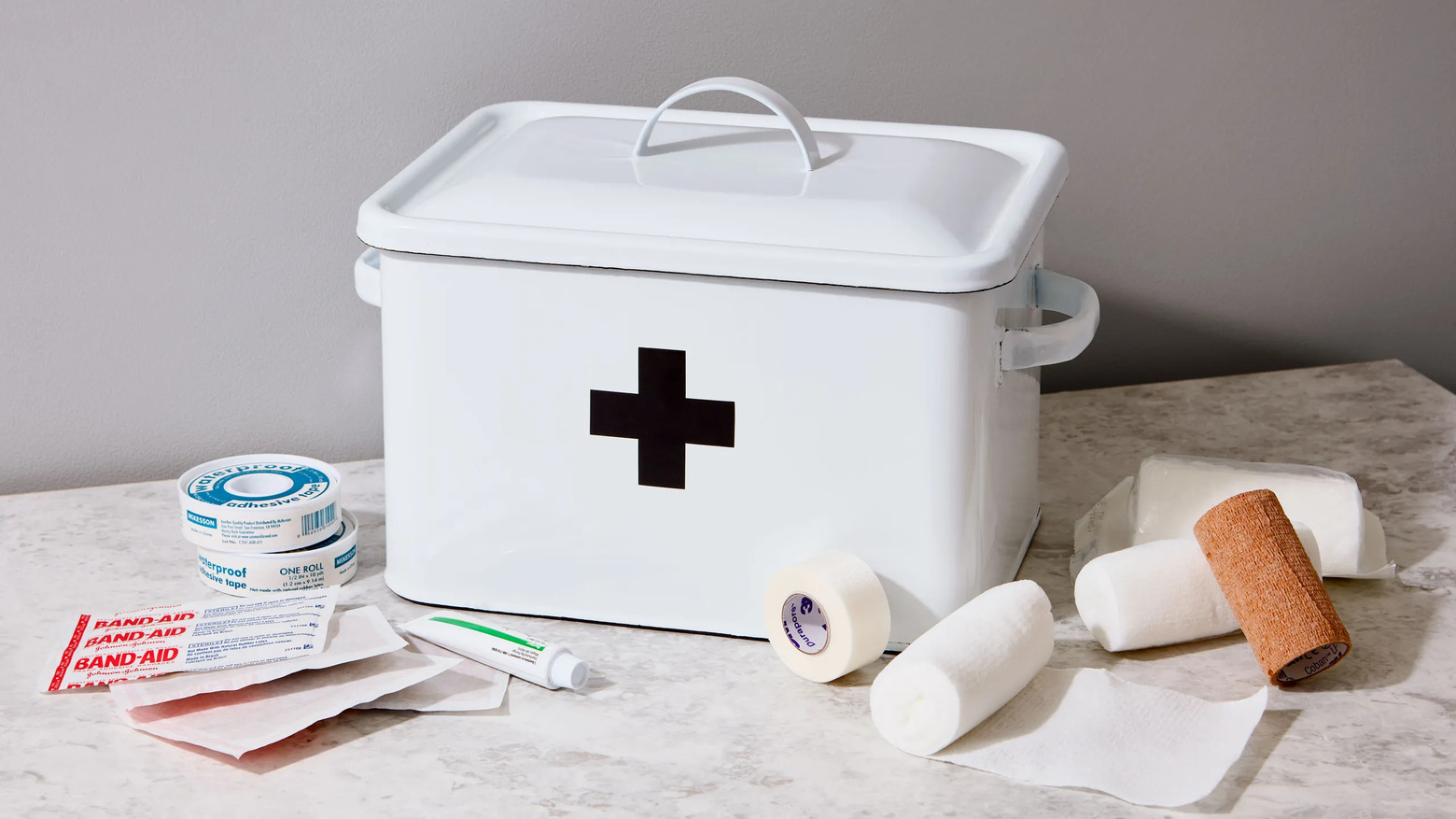
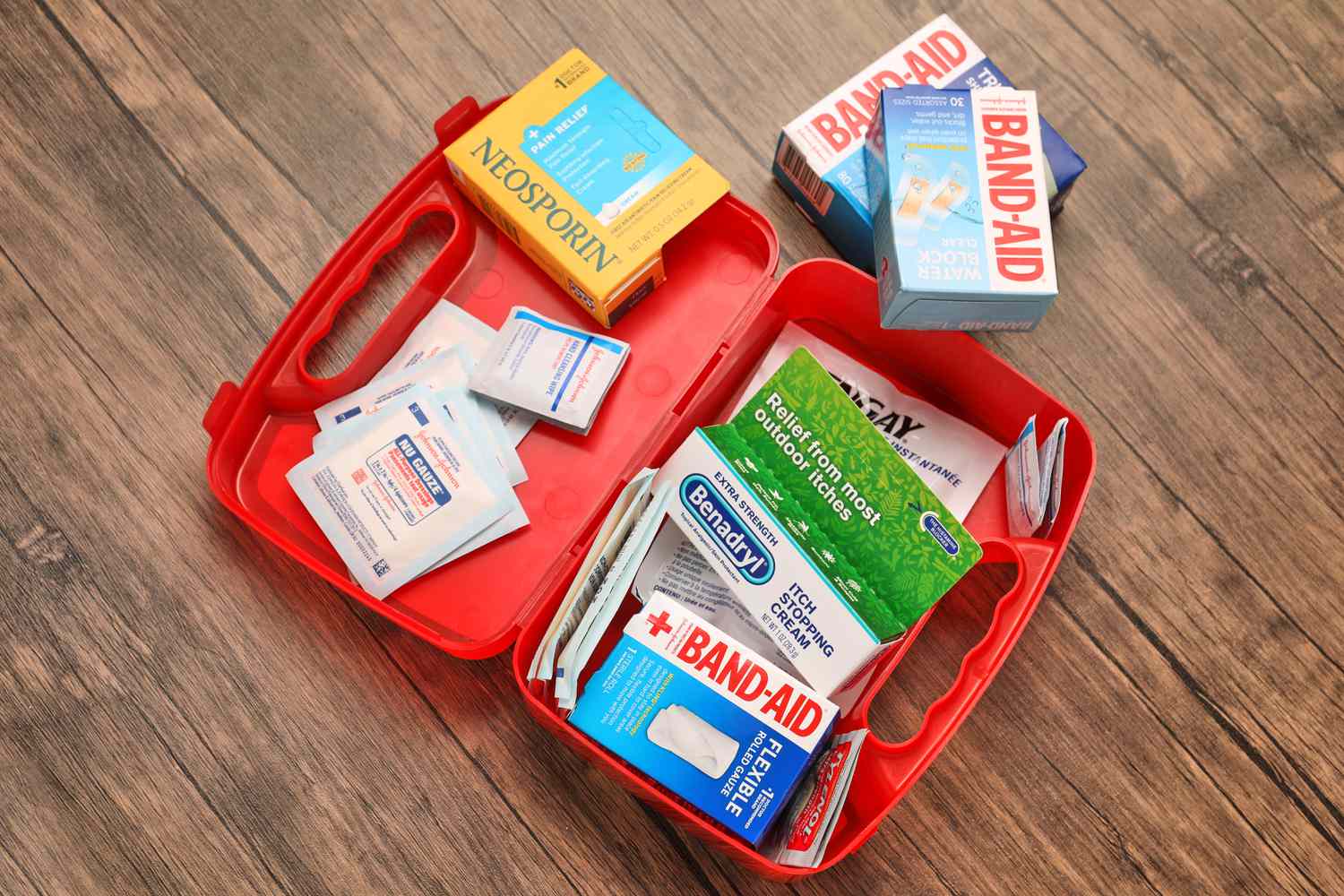
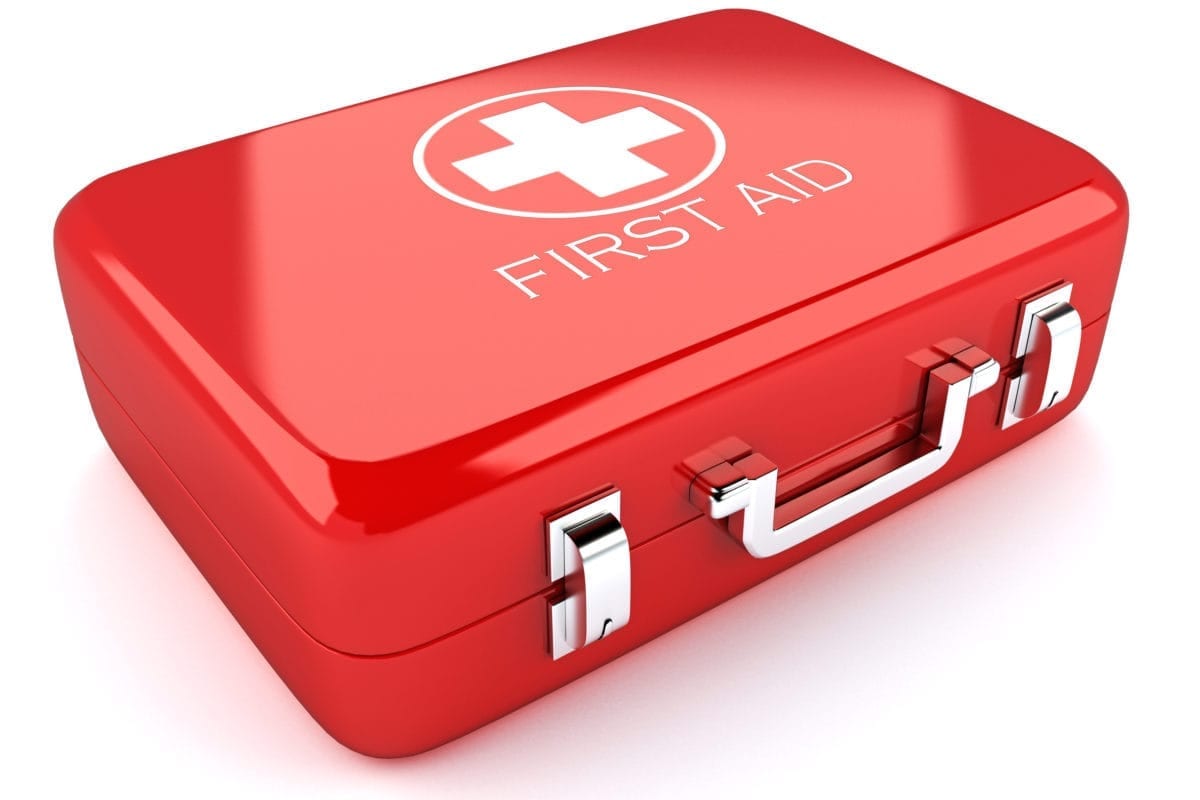
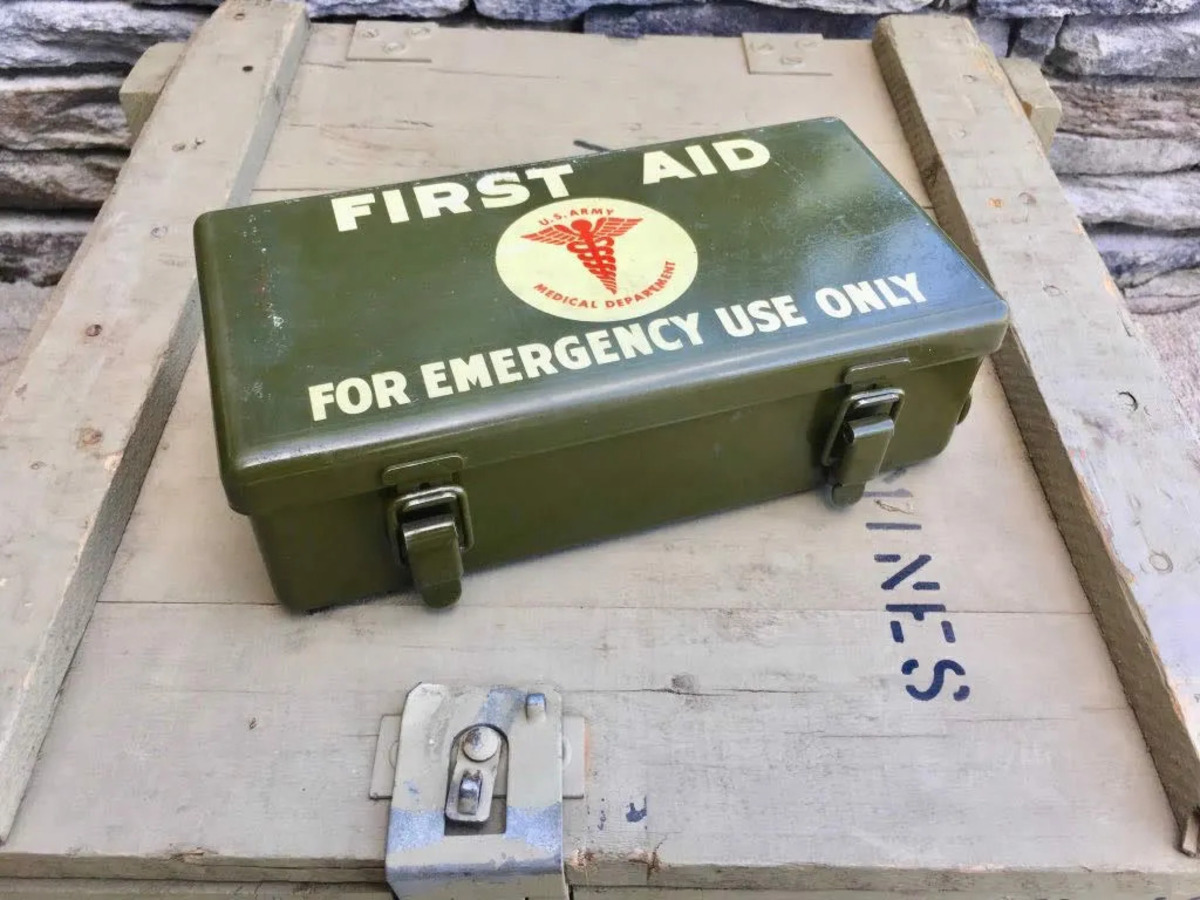
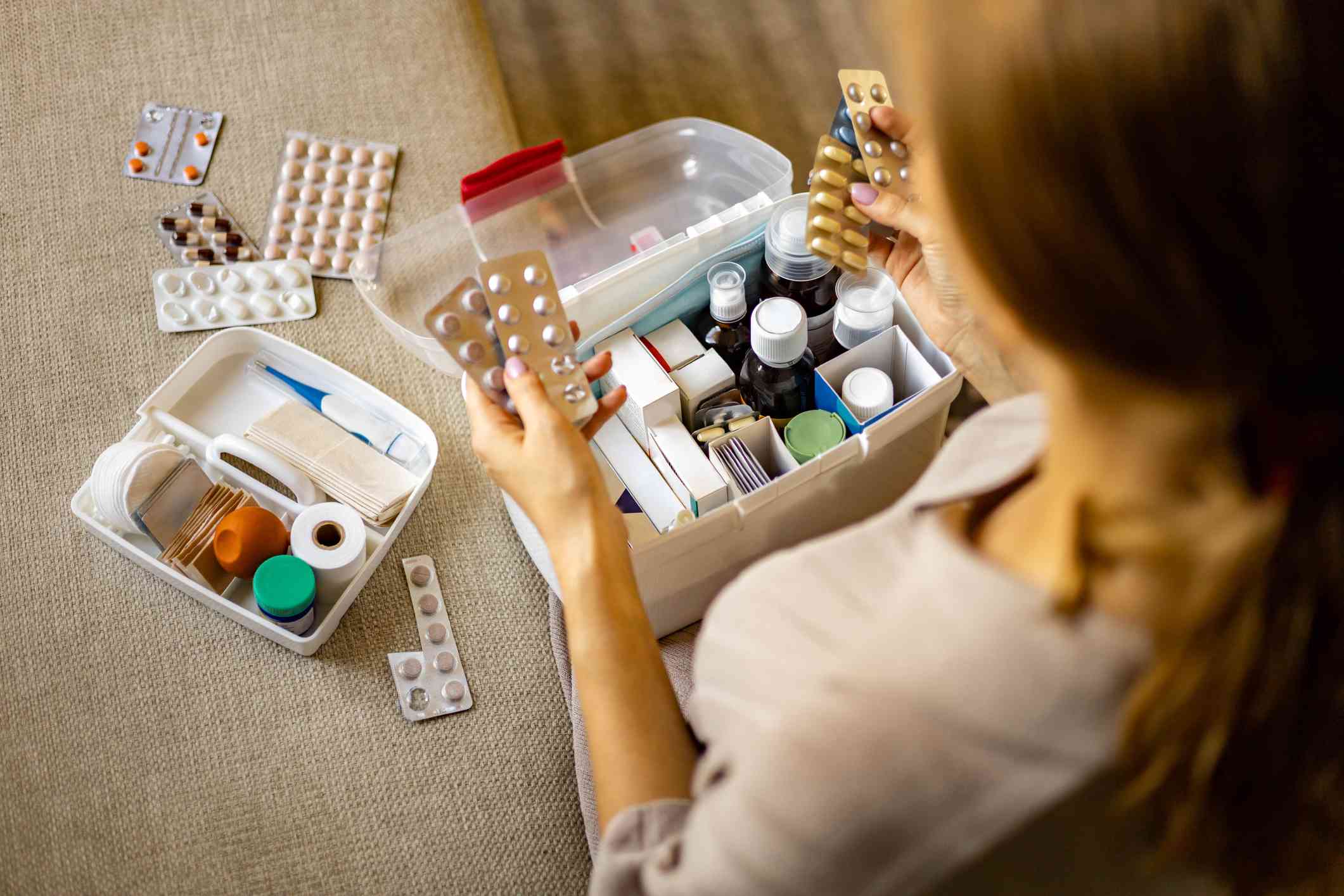
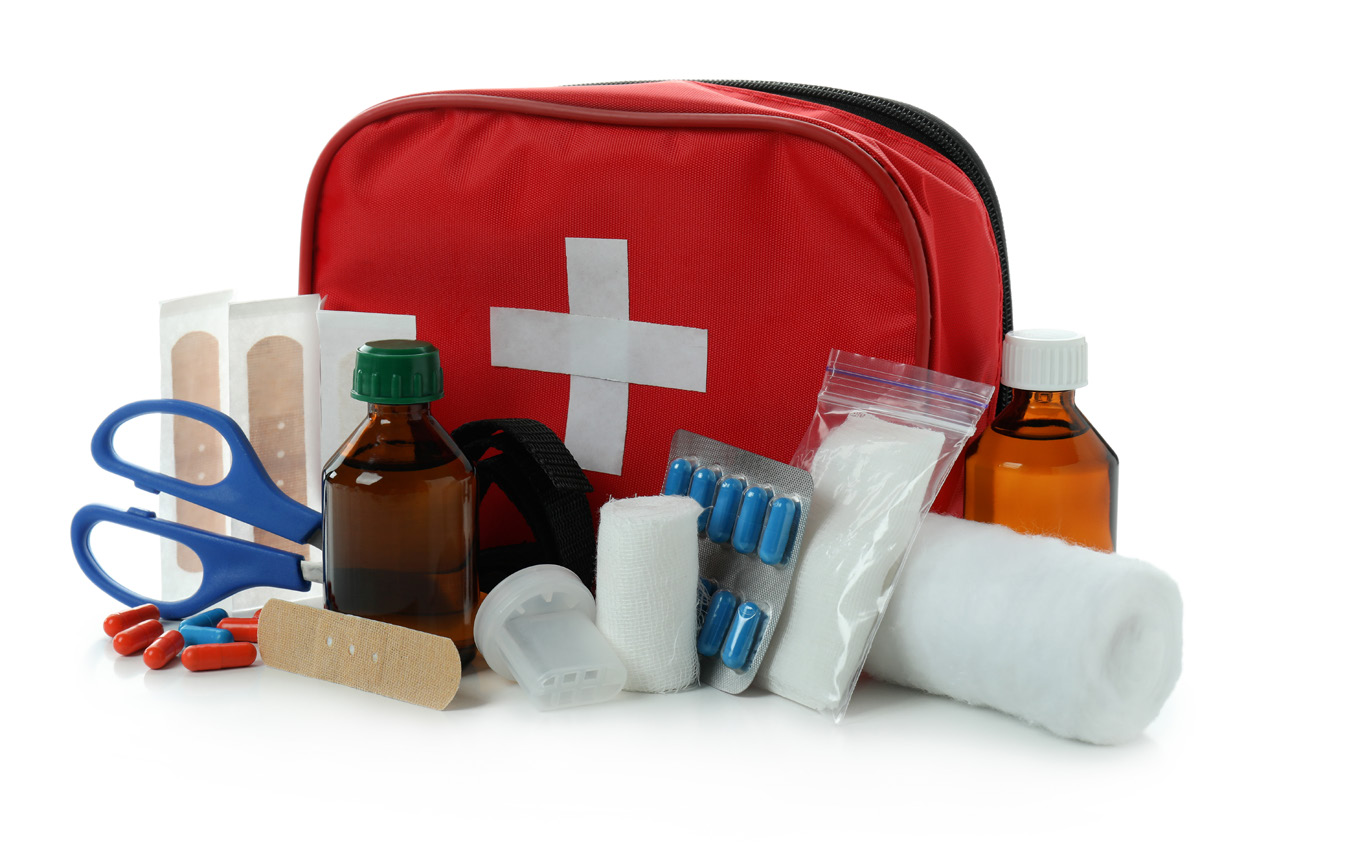
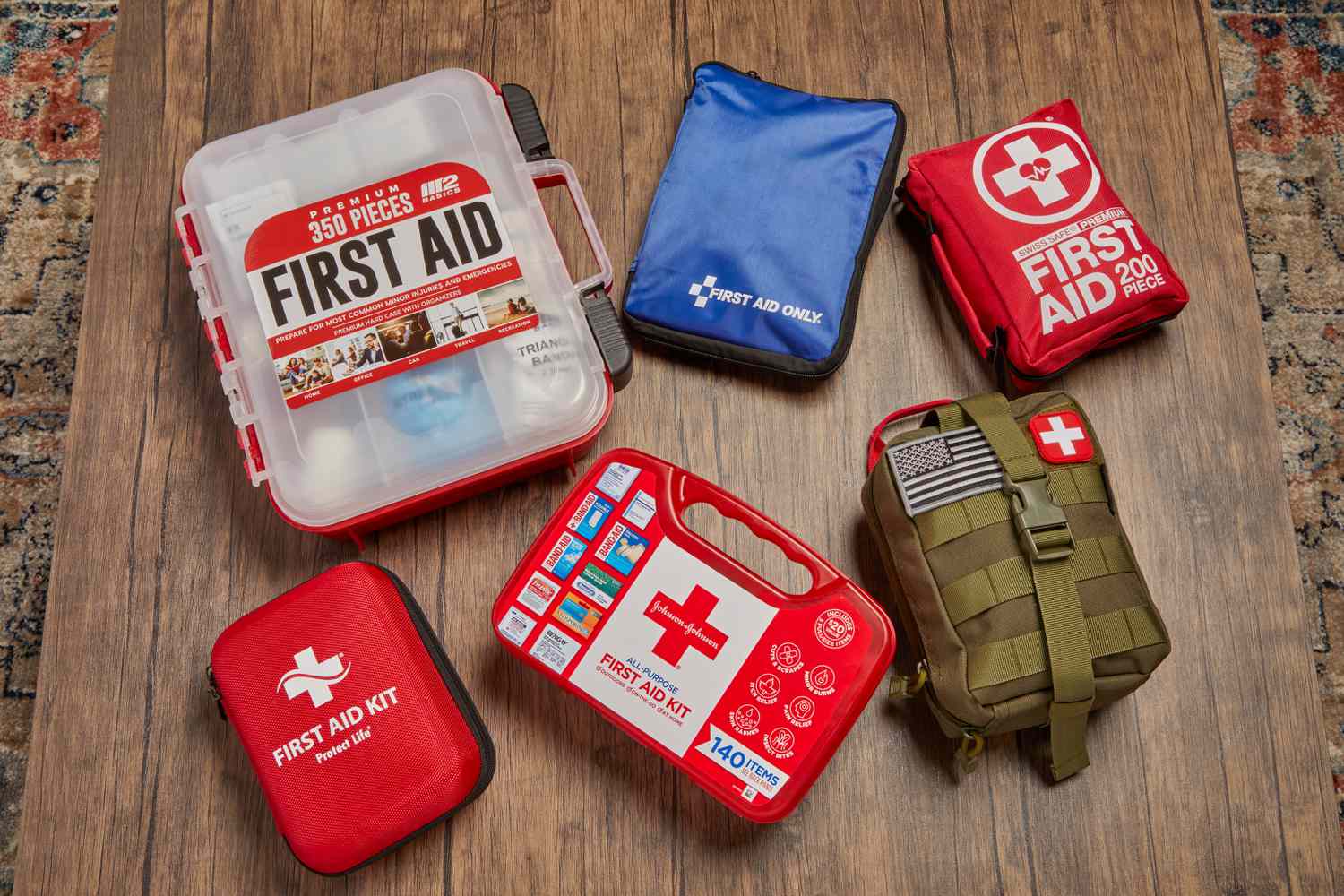
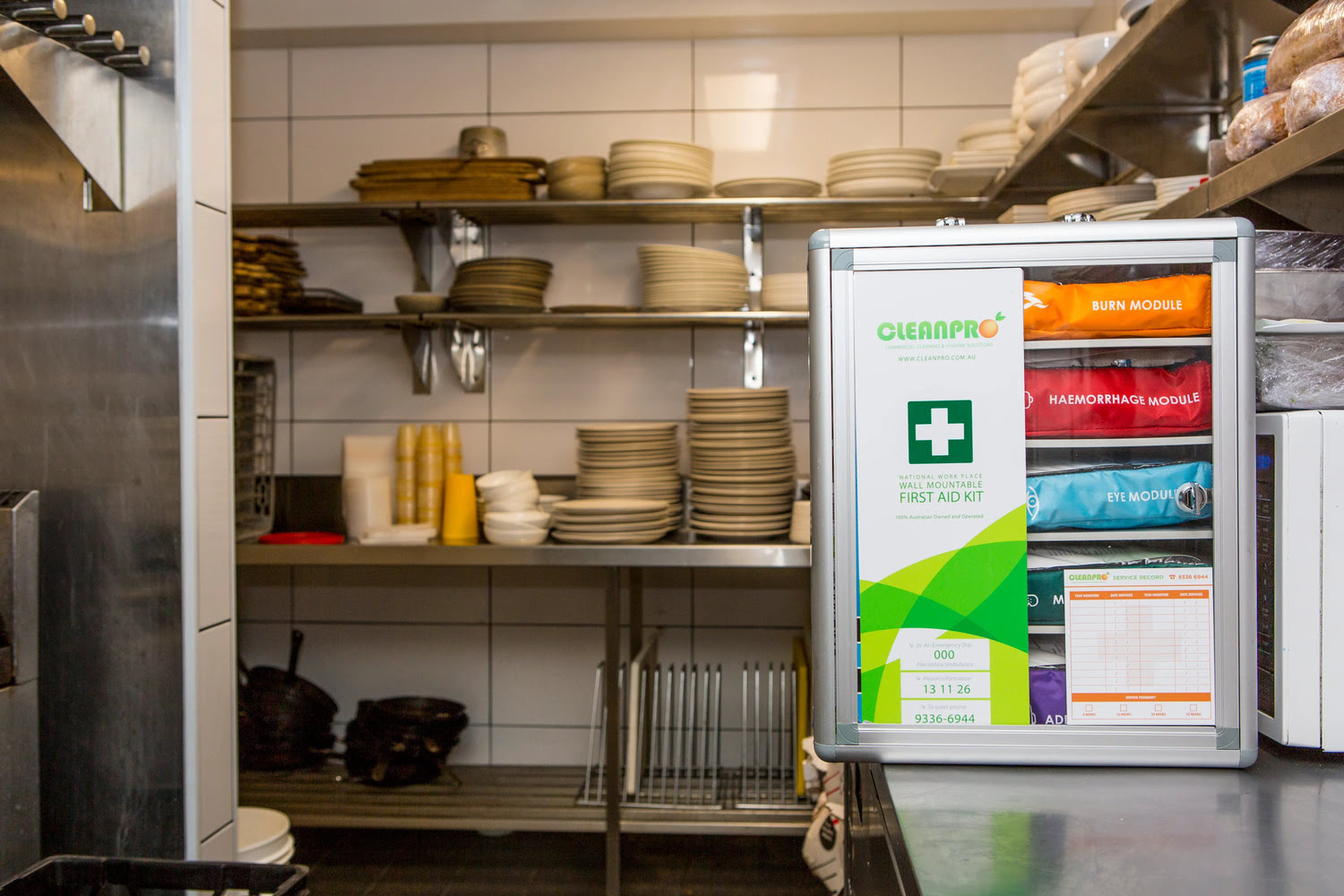
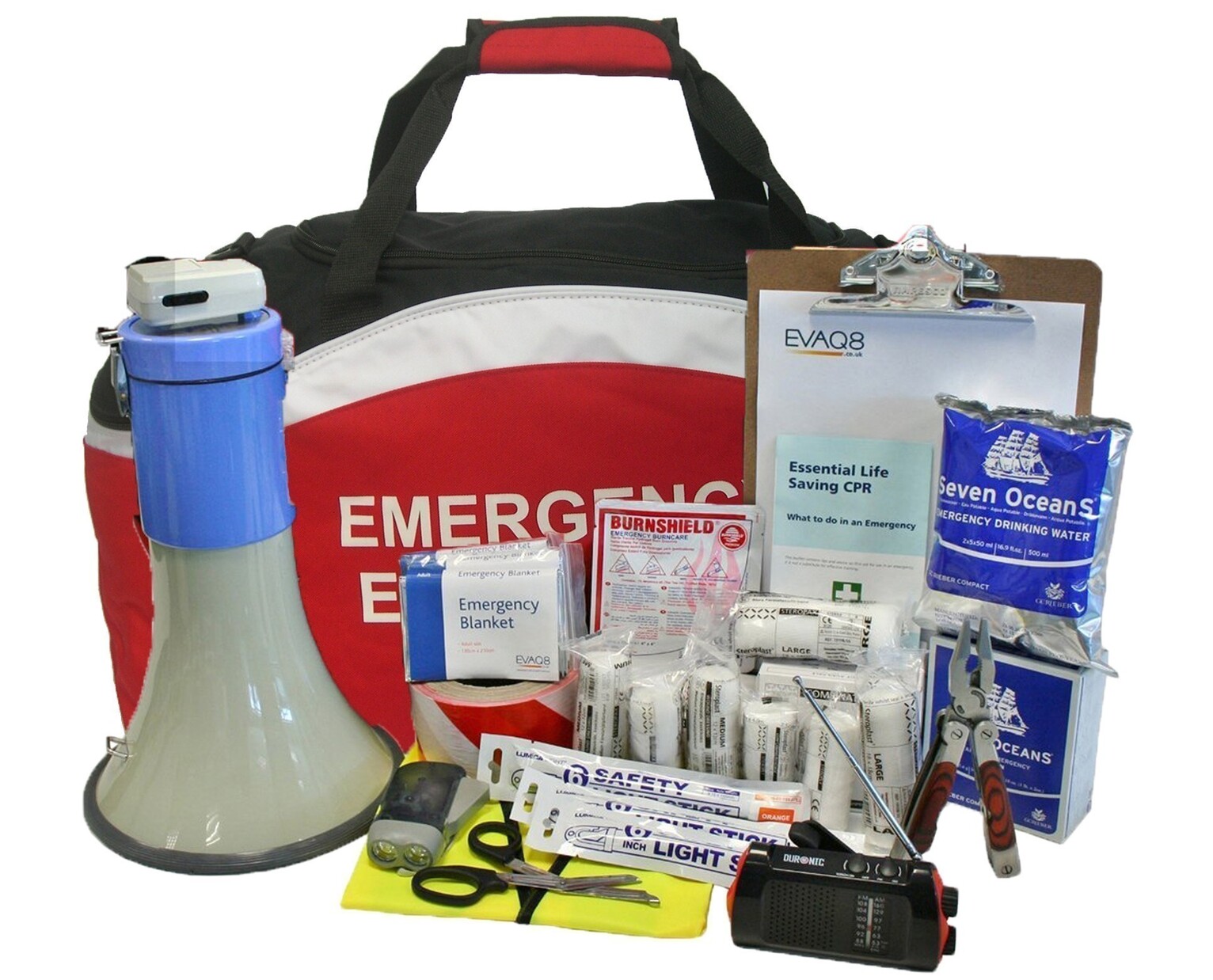
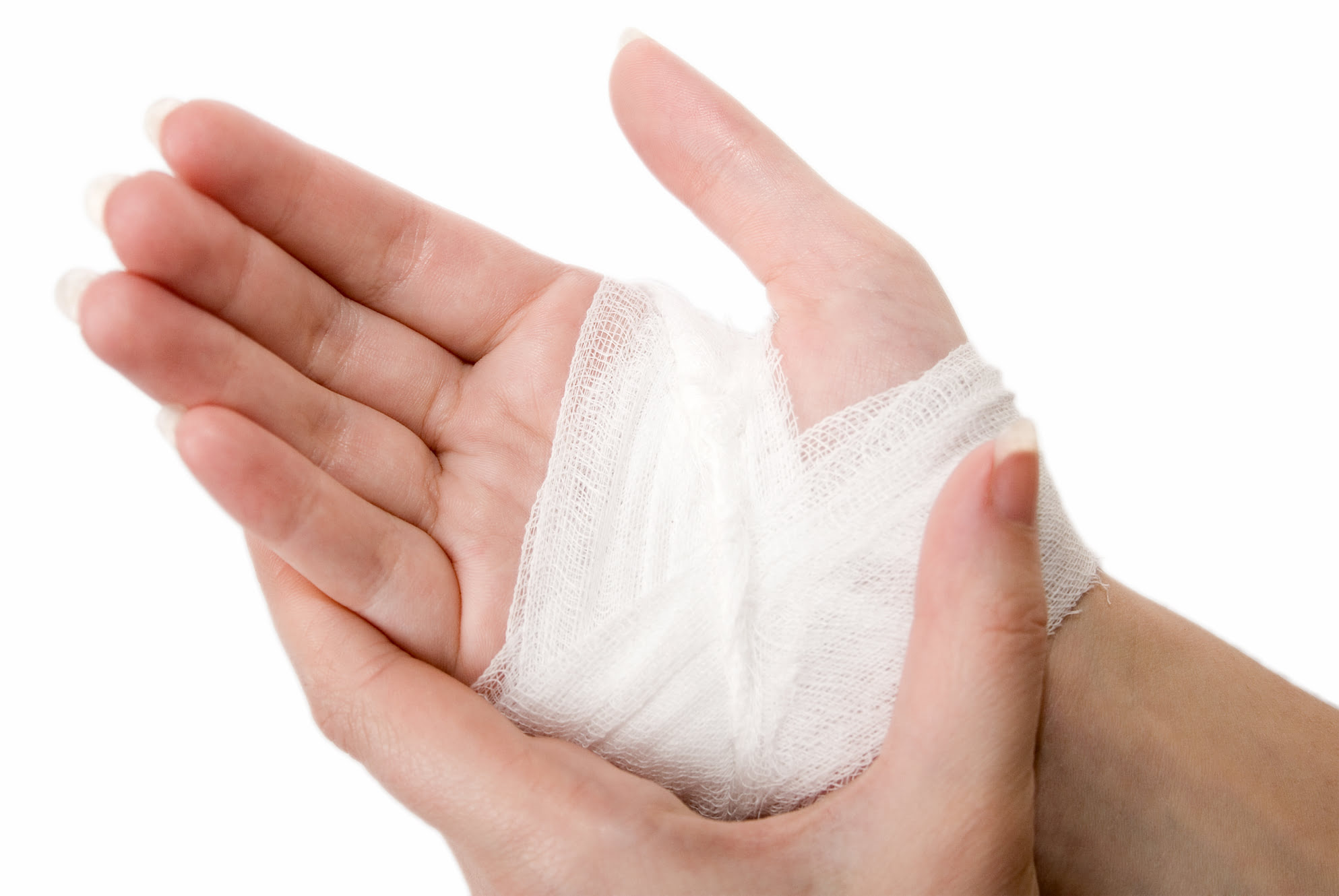
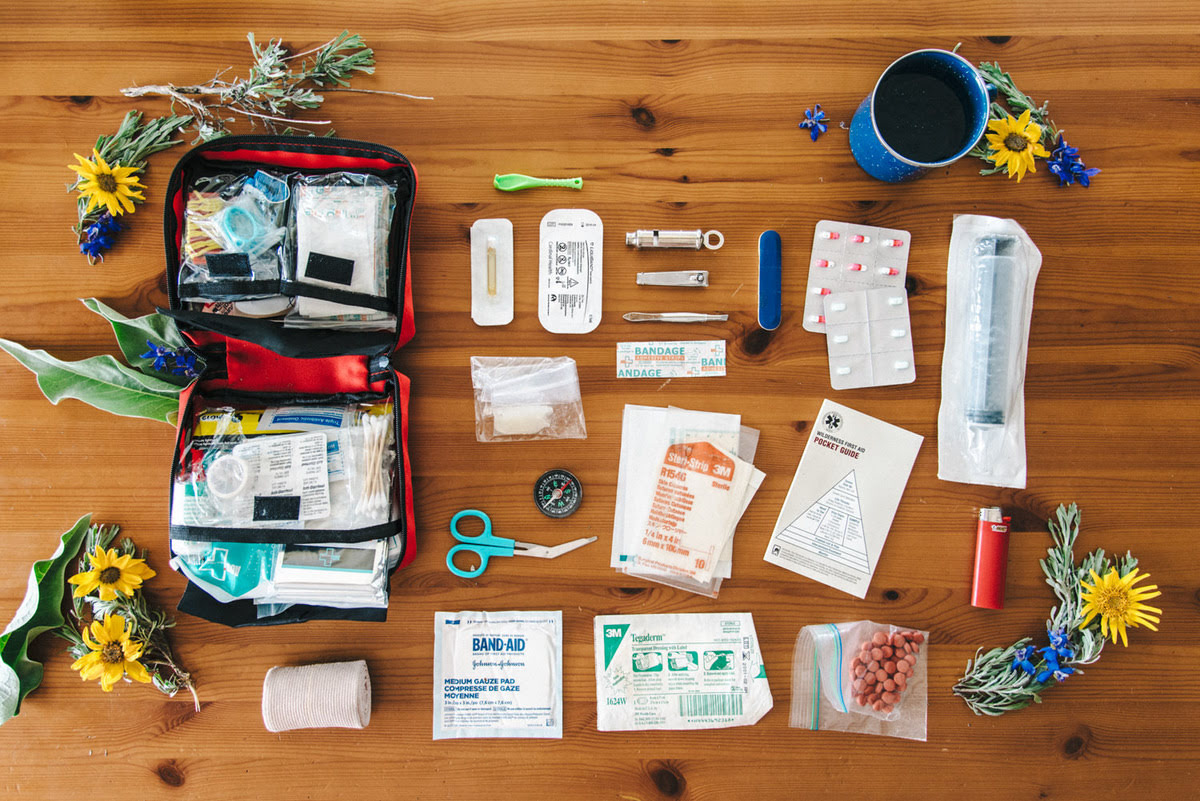
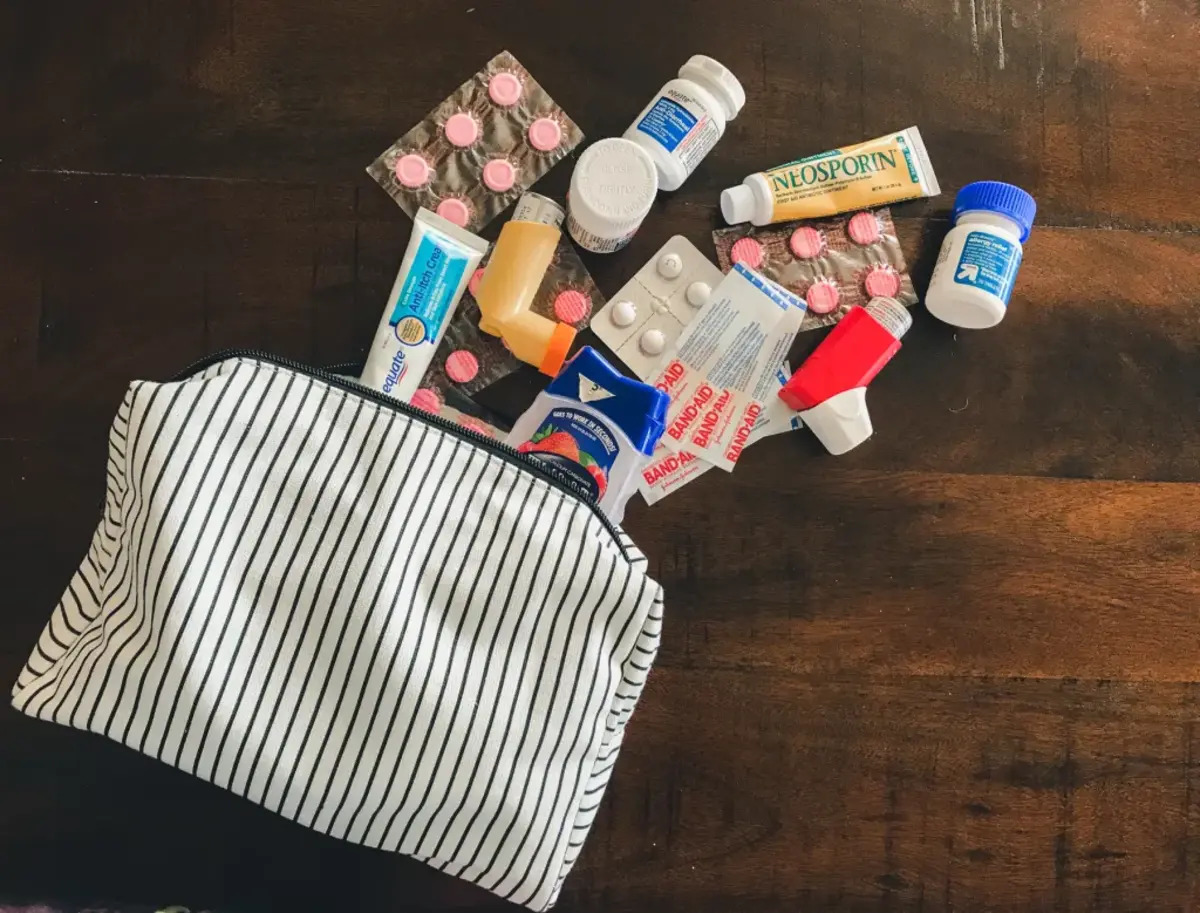

0 thoughts on “Why Do You Need Bandages In A First Aid Kit”